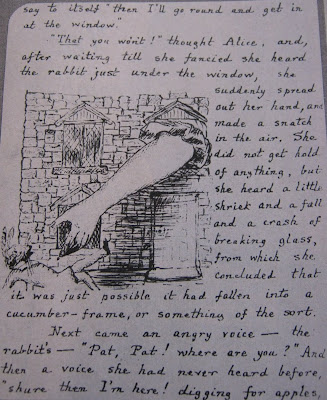 Years ago I first saw the most recent miniseries adaptation of The Forsyte Saga, and years ago I bought the first book of the saga, The Man of Property, by John Galsworthy. I read a couple of chapters and got distracted. Finally, I've gotten back to it. Some combination of a post over at A Work in Progress and some photos at How to be a Retronaut brought it to mind and made reading it seem suddenly necessary.
Years ago I first saw the most recent miniseries adaptation of The Forsyte Saga, and years ago I bought the first book of the saga, The Man of Property, by John Galsworthy. I read a couple of chapters and got distracted. Finally, I've gotten back to it. Some combination of a post over at A Work in Progress and some photos at How to be a Retronaut brought it to mind and made reading it seem suddenly necessary.This is an odd, interesting, satisfying book. It isn't about the grand passions of life, but the lesser, no less driving, emotions--pride, simple pleasure, satisfaction, possession. Mostly possession. The title of the book is constantly relevant, and property takes all forms--things, land, houses, people. Galsworthy's style is unusual and captivating. I hesitate to say this, but he's almost the more masculine form of Virginia Woolf, writing about more material subjects. The style reminds me of Virginia Woolf because the book so often pauses to take a look at things like the sunlight, passing strangers in the street, a background character doing something not very relevant halfway across the city, someone's idle thought even he doesn't acknowledge. This book is a slice of Forsyte life--both the Forsyte family and the generic, upper-middle class Victorian Forsyte.
"A Forsyte," replied young Jolyon, "is not an uncommon animal. There are hundreds among the members of this Club. Hundreds out there in the streets; you meet them wherever you go!"But while this book is a slice of life, it also has a powerful plot, which is constantly in the background, sometimes in the foreground, but always barrelling onwards. A Man of Property is in this sense the best of both worlds--little, passingly beautiful moments, and a thoroughly engaging plot. It's a book that doesn't have a remotely happy ending, but leaves you feeling that something has triumphed anyway. Though possibly you just don't care if there's a happy ending now because you know there are lots more book in the saga to read. And I definitely plan to read them soon.
"And how do you tell them, may I ask?" said Bosinney.
"By their sense of property. A Forsyte takes a practical--one might say a common-sense--view of things, and a practical view of things is based fundamentally on a sense of property. A Forsyte, you will notice, never gives himself away."
... "Ah!" murmured Bosinney. "You should patent the word."
"I should like," said young Jolyon, "to lecture on it: 'Properties and qualties of a Forsyte.'"



















